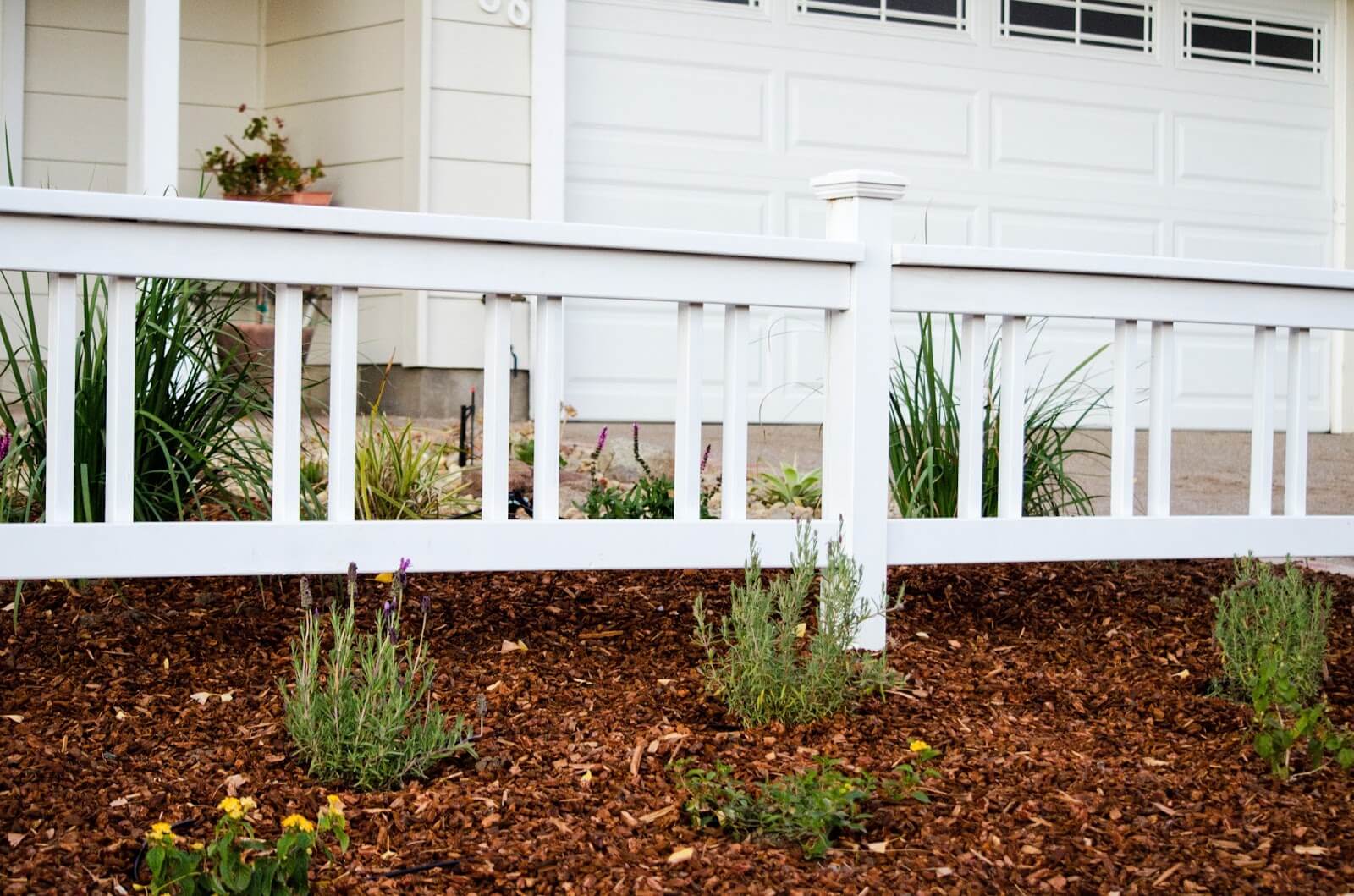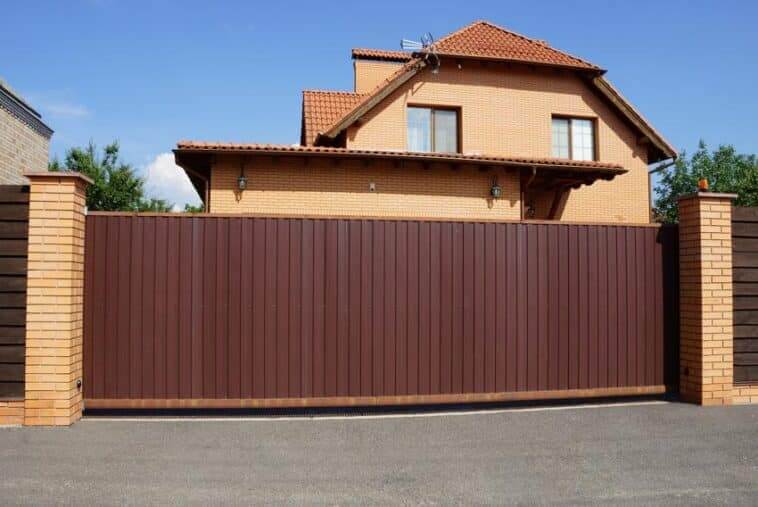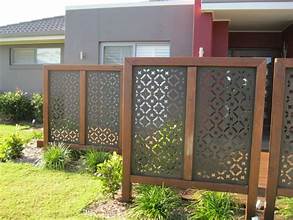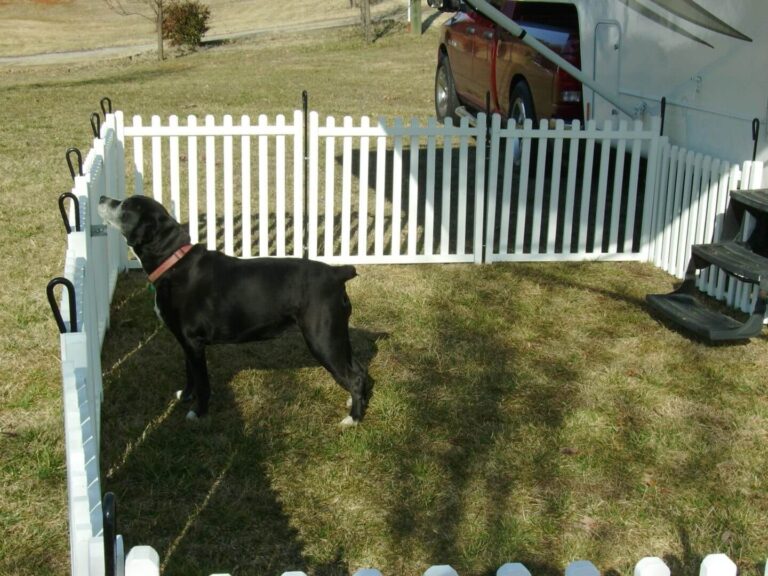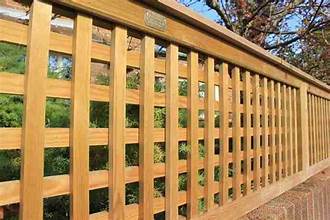When choosing fencing in drought-prone areas, consider drought-resistant materials and low-water landscaping options to minimize water usage. Living in a drought-prone area presents unique challenges when it comes to choosing the right fencing for your property.
The impact of drought conditions on the environment and vegetation necessitates careful consideration when selecting fencing materials.
We will discuss tips for choosing fencing in drought-prone areas, including the best materials for water conservation, low-maintenance landscaping options, and considerations for long-term durability.
By implementing these suggestions, you can ensure that your fencing not only serves its practical purpose but also contributes to water conservation efforts in your community.
Let’s explore some key factors to bear in mind when choosing fencing for drought-prone regions.

Impact Of Drought On Fencing
Drought presents challenges for property fencing in drought-prone areas, impacting material durability.
To address these concerns, choosing fencing materials resilient to environmental challenges is crucial while promoting sustainable water usage and soil conservation.
For a personalized assessment and Free Estimate: Contact Us
Soil Conditions And Vegetation
The dry and arid conditions during a drought can lead to extreme soil moisture loss and potential changes in the soil composition.
This can impact the stability and integrity of fence posts, causing them to become loose or unstable. It also affects the growth and health of vegetation, which may provide natural support and protection for fences.
The selection of fencing materials must consider the adaptability to altered soil conditions and the ability to withstand the absence of natural vegetation support.
Water Scarcity And Its Effects
Water scarcity during a drought can directly affect the maintenance and upkeep of fences.
A lack of sufficient water for irrigation and care can accelerate the degradation of certain fencing materials, leading to premature deterioration and weakening.
Additionally, water scarcity may limit the availability of resources for repairs or replacements, making durability and resistance to water damage essential factors to consider.
Material Selection
When choosing fencing for drought-prone areas, material selection plays a crucial role in ensuring the durability and longevity of the fence.
The right material can withstand the harsh conditions of dry weather, minimizing the need for frequent maintenance and replacement.
Durable options for dry conditions are essential to consider when selecting fencing materials for such areas.
Additionally, prioritizing materials that are resistant to weathering and erosion can significantly impact the longevity and effectiveness of the fence.
Let’s explore some resilient and weather-resistant material options suitable for drought-prone areas.
Durable Options For Dry Conditions
When it comes to fencing in drought-prone areas, choosing durable materials is paramount for long-term functionality.
The following materials are renowned for their ability to withstand dry conditions and resist deterioration:
- Steel: Known for its exceptional strength and durability, steel is an ideal choice for arid environments. It is resistant to rust and corrosion, making it a long-lasting fencing option for drought-prone areas.
- Composite materials: Composite fencing, such as vinyl or PVC, offers excellent resistance to weathering and requires minimal maintenance. These materials are impervious to rot, mold, and decay, making them well-suited for dry climates.
- Aluminum: Lightweight yet durable, aluminum fencing is resilient against harsh weather conditions and requires little maintenance. Its resistance to rust and corrosion makes it a practical choice for areas prone to drought.
Resistant To Weathering And Erosion
Fencing materials that demonstrate resilience to weathering and erosion are crucial for withstanding the challenges posed by drought-prone environments.
The following materials are notable for their weather-resistant properties:
- Cedar: A natural wood option, cedar is prized for its natural resistance to decay and insect infestation. It weathers gracefully over time and can withstand the dry conditions prevalent in drought-prone regions.
- Composite wood: Engineered to mimic the appearance of natural wood, composite wood fencing is designed to resist weathering, moisture, and insect damage. It offers the aesthetic appeal of wood without the susceptibility to decay in arid climates.
| Material | Key Attributes |
|---|---|
| Steel | Exceptional strength, rust resistance, and longevity |
| Composite materials (e.g., vinyl/PVC) | Resistance to rot, mold, decay, and minimal maintenance requirements |
| Aluminum | Lightweight, corrosion resistance, and low maintenance |
| Cedar | Natural resistance to decay and insect damage |
| Composite wood | Weather-resistant, low susceptibility to moisture and insect infestation |
Choosing fencing materials that prioritize durability and resistance to weathering and erosion is essential for creating a long-lasting and effective barrier in drought-prone regions.
Considering these resilient options can contribute to the sustainability and functionality of fences amidst challenging environmental conditions.
Water-efficient Fencing Solutions
When living in a drought-prone area, it’s essential to consider water-efficient solutions for your fencing needs.
Choosing the right fencing that minimizes water use and requires sustainable maintenance practices can not only help in water conservation but also contribute to the overall sustainability of your property.
Options To Minimize Water Use
1. Drought-resistant plant-based fences: Consider using live fences made from drought-resistant plants such as cacti, succulents, or bamboo.
Not only do they require minimal watering once they are established, but they also provide an eco-friendly and visually appealing fencing solution.
2. Vinyl and composite fences: Opt for vinyl or composite materials that don’t require frequent painting or sealing.
These low-maintenance options can reduce the need for water-intensive maintenance practices while still offering durability and aesthetic appeal.
Sustainable Maintenance Practices For Fencing
1. Regular inspections and repairs: Conduct regular inspections to identify any damaged or worn-out sections of the fence.
By addressing issues promptly, you can prevent the need for extensive repairs, thereby conserving water that would have been used for maintenance activities.
2. Eco-friendly cleaning methods: When cleaning your fence, opt for eco-friendly solutions that minimize water usage.
Using a gentle detergent and a soft brush can effectively remove dirt and grime without the need for excessive water consumption.

Frequently Asked Questions
What Fencing Materials Are Best For Drought-prone Areas?
Using materials like vinyl, composite, or metal can be beneficial in these regions.
How Can Fencing Help Conserve Water In Dry Areas?
Choosing fencing that creates windbreaks and reduces evaporation can aid in water conservation.
Are There Specific Fence Designs Suitable For Drought-prone Areas?
Opting for slatted or mesh designs allows for airflow and minimizes water consumption in dry regions.
Conclusion
Choosing the right fencing in drought-prone areas is essential for both environmental and practical reasons.
By selecting materials like vinyl or metal that require minimal water for maintenance, you can help conserve resources and ensure the durability of your fence.
Consider consulting with a professional to determine the best option for your specific needs.

